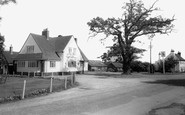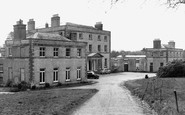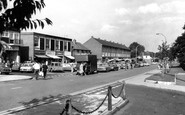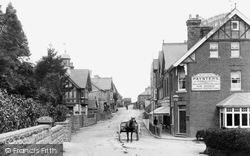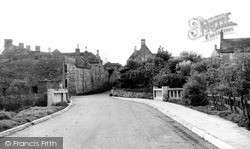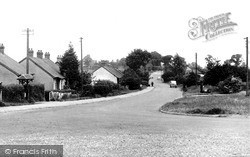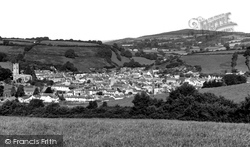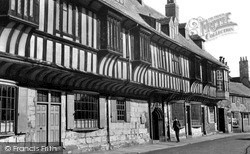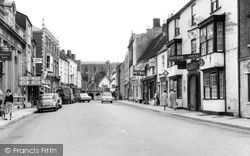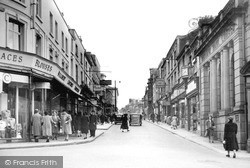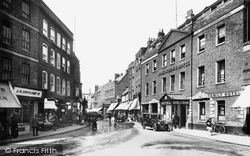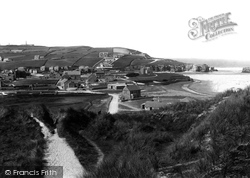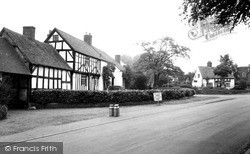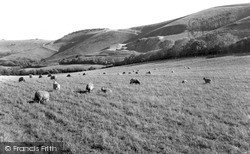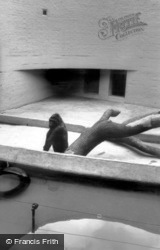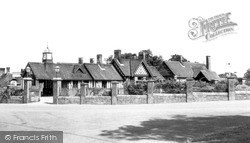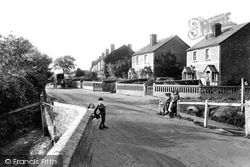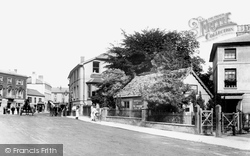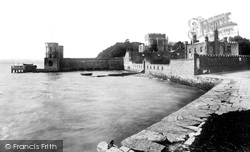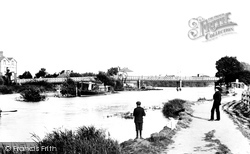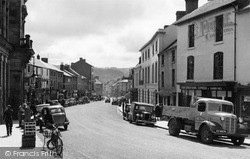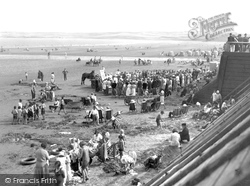Places
18 places found.
Those places high-lighted have photos. All locations may have maps, books and memories.
- Hythe, Kent
- Hythe, Hampshire
- Small Hythe, Kent
- Bablock Hythe, Oxfordshire
- Methwold Hythe, Norfolk
- Hythe, Somerset
- Hythe, Surrey
- Hythe End, Berkshire
- The Hythe, Essex
- Egham Hythe, Surrey
- West Hythe, Kent
- New Hythe, Kent
- Broad Street, Kent (near Hythe)
- Horn Street, Kent (near Hythe)
- Newbarn, Kent (near Hythe)
- Newington, Kent (near Hythe)
- Broad Street, Kent (near Hythe)
- Stone Hill, Kent (near Hythe)
Photos
360 photos found. Showing results 1,341 to 360.
Maps
101 maps found.
Books
10 books found. Showing results 1,609 to 10.
Memories
4,406 memories found. Showing results 671 to 680.
Wallingford During The Second World War
I arrived in Wallingford as a 10 year old boy with my sister and mother on a cold winter February night. We had been bombed out from our house in Dagenham just a few days before and my brother, who was ...Read more
A memory of Wallingford in 1943 by
Lamberts Castle
I remember going to Lamberts Castle fair as a small child sometime around 1955. The fair was run by the Herbert family but they stopped running it sometime in the mid 1950s because it was not financially viable. I ...Read more
A memory of Lambert's Castle by
The Capitol Cinema
I remember being taken to the Capitol by my sister to watch the Disney film Bambi. We sat through it three times, I was taken ill the next day and my sister got the blame. The Capitol had a ventilation fan under a hole in the ...Read more
A memory of Barking in 1950 by
My Granddad Stevens
Years ago my grandad had a small garage and workshop at the side of the Du-Cane Arms. My dad was born there and went to scool at Great Tottom. My grandad is buried in Great Braxted Church and my nanna is there too. In the ...Read more
A memory of Great Braxted in 1900 by
Happy Days
I was born at number 4 john Newton court in 1954. Although it was a small flat which I shared with brother Terry we were lucky to have wonderful parents ( Joan & Binty ) spent every moment playing football on the green and up Danson ...Read more
A memory of Welling by
Shute After The War
My sister and I were at Shute between 1949 and 1952, and I hardly recognise some of the memories here! For us it was a happy place, where we rode ponies and made dens in the woods. We learned about wildflowers - Mrs. Clapp was ...Read more
A memory of Shute by
Good Old Days
I remember Elite fish and chip shop. Went to Colmers Farm 1957-1967 Fine Fare was opened by the Dagenham Girl Pipers. Avery’s was the shoe shop. Hadley’s we went for bags. Delaney’s toy shop. Dowlings for veg and straw for the ...Read more
A memory of Rubery by
Last Family To Live In Duntarvie Castle (Researched By Galen Bartholomew)
The Bartholomew family was the last family to live in Duntarvie Castle before it became uninhabitable, but, as my cousin, Richard Widdowson, has made some mistakes in ...Read more
A memory of Duntarvie Castle by
Dunks Pond Carp
Is Dunks pond still there. When I worked at LDN it was noted for its carp. On recommendation, by the Arthur brothers, Mike and Chic, I tried it a couple of times without sucess but it was a nice spot to spend a few hours. But that was the 50's.
A memory of Holland by
Brimscombe Corner & Burleigh 1910 62690
This photo is taken 100 yards up Brimscombe lane, looking back across the Golden Valley. The lane itself leads back up to Thrupp Lane & Dark lane, which is on its way to Quarhouse and the Lypiatt Manor, ...Read more
A memory of Brimscombe by
Captions
4,899 captions found. Showing results 1,609 to 1,632.
By the early 1900s it was billed as 'Sussex's answer to Scotland'!
This part of the village is separated from the rest by the stream.
At the top of the street, Church Road was already bisected by the arterial road to Southend.
Crossing the river to Kingswear is the 'Dolphin', the paddle steamer which was the ferry from 1869 until she was replaced by the 'Mew' in 1908.
In 1258 it was declared a Stannary Town by Edward I, a status which allowed it a measure of autonomy, with important decisions being made by the Stannary Parliament at Crockern Tor.
The central doors, which can just be seen in this photograph, were made by the famous wood carver, Thompson of Kilburn: his signature, a mouse, is carved on the right-hand door.
By the 1950s the pier was making a loss, although it remained popular. Lack of maintenance led to its collapse in 1970.
Consider the visual impact made by the motor car in forty years by comparing the traffic, the signs, the shop fronts and the street furniture. Note the quaint petrol station on the right.
By the mid 1950s, post-war rationing was coming to an end, and local shops were once again offering a choice of goods.
Crab, lobster and crayfish pots are stacked by the door. The stream disappears into the pebbles (left) and a moderate sea is running in what is visibly unsettled weather.
The town is brimming with Georgian architecture - symmetrical red-brick buildings with large sash windows, typified by the classical facade of the Rose and Crown Hotel (the building itself is a good deal
The dunes hide St Piran's Oratory, Cornwall's famous 'lost church', built in the 7th century and covered by the sands.
The sign by the roadside advertises the sale of cream, milk and eggs for passers-by, among other things.
It was besieged in 1647 and again in 1715; on the latter occasion it was held by the chieftain's wife against the Argyll Militia.
Because the difficult alkaline downland soil yielded indifferent crops, for centuries the South Downs were vast sheepwalks; by the 18th century there were 400,000 ewes grazing between Eastbourne and Hampshire
However, it is hard to be impressed by the sterility of this brutal-looking enclosure which houses a highly intelligent animal whose native habitat is densely vegetated.
One of the earliest railway stations in England, Wolferton has a suite of royal waiting rooms that were used by the Prince of Wales and his friends.
Between 1854 and 1972 it was used by the Army; prior to that it was a fishpond for the dean and chapter of Winchester Cathedral.
Here by the bridge was the office of the Andover Coal Company.
Ahead is the glass-roofed approach to the castle from the castle's own landing stage by the twin towers.
Here from the Reading bank we look towards the 1869 iron Caversham bridge; it was demolished in 1924 to be replaced in 1926 by the present concrete one.
Milk is awaiting delivery somewhere, judging by the crate on the bike.
This ancient market town clings to the limestone bluff of a gorge carved by the River Nidd, and is famous for several reasons: it boasts the oldest woollen mill in England, Mother Shipton, a 15th-century
A bit of decorum is being practised, judging by the amount of bathing or 'dressing' tents that are set up.
Places (18)
Photos (360)
Memories (4406)
Books (10)
Maps (101)

